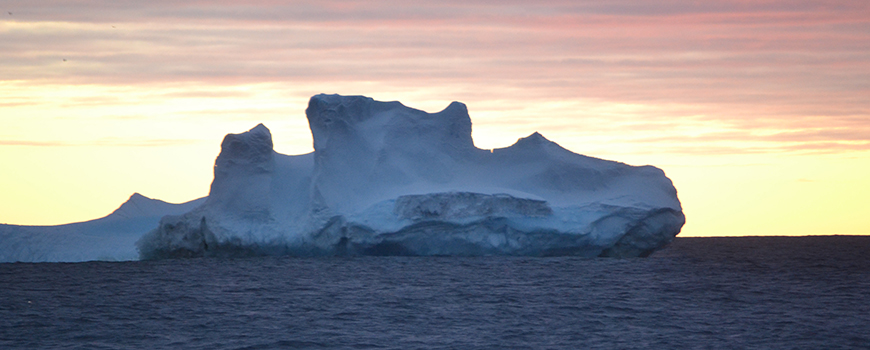SOURCE: Scripps Institution of Oceanography
DATE: February 1, 2017
SNIP: In the cold depths along the seafloor, Antarctic Bottom Waters are part of a global circulatory system, supplying waters rich in oxygen, carbon, and nutrients to the world’s oceans. Over the last decade, scientists have been monitoring changes in these waters.
But a new study from the Woods Hole Oceanographic Institution (WHOI) and Scripps Institution of Oceanography at the University of California San Diego suggests these changes are themselves shifting in unexpected ways with potentially significant consequences for the ocean and climate.
In a paper published Jan. 25 in the journal Science Advances, a team led by WHOI oceanographers Viviane Menezes and Alison Macdonald and Scripps researcher Courtney Schatzman report that Antarctic Bottom Water (AABW) has freshened (become less saline) at a surprising rate between 2007 and 2016—a shift that could alter ocean circulation and ultimately contribute to rising sea levels.
…
AABW in the region off East Antarctica’s Adélie Land has grown fresher four times faster in the past decade than it did between 1994 and 2007.
…
Such a shift, were it global, could significantly disrupt ocean circulation and sea levels.

